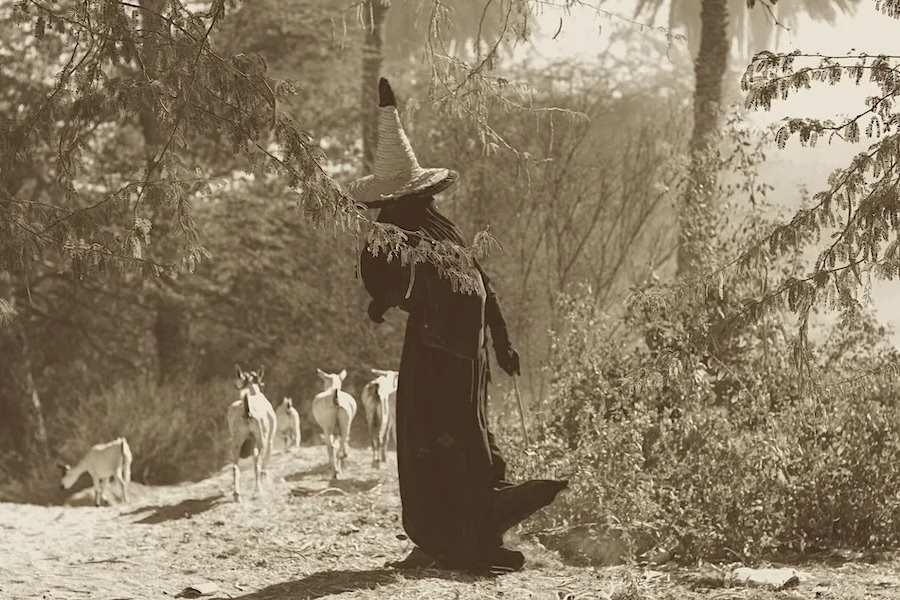Long before the infamous Salem witch trials sent shockwaves through colonial America, a lesser-known but equally chilling episode unfolded in East Hampton on Long Island. The year was 1658, and the community found itself embroiled in a witch hunt that would leave a lasting mark on its history.
At the center of the controversy was Goody Garlick, a figure whose name still resonates with locals due to her connection to the prominent Gardiner family, owners of Gardiner’s Island in Gardiner’s Bay. The accusation of witchcraft came from an unexpected source: Elizabeth Gardiner Howell, the 16-year-old daughter of Lion Gardiner, founder of the first Colonial-era settlement in New York on Long Island.
According to historical accounts, Elizabeth fell gravely ill shortly after childbirth, and in her final moments, she pointed the finger at Goody Garlick, alleging supernatural malfeasance. Despite Garlick’s husband, Joshua, being a trusted employee of the Gardiner family, suspicions swirled around her, fueled by tales of arguments with neighbors and allegations of sinister deeds.
East Hampton’s town records paint a vivid picture of the accusations leveled against Garlick—a litany of claims detailing her supposed involvement in everything from casting evil spells to causing the deaths of livestock and even infants. The atmosphere grew increasingly charged as the trial loomed, with the small town ill-equipped to handle the gravity of the situation.
In a remarkable turn of events, the trial was referred to a higher court in Connecticut, recognizing the gravity of the charge—witchcraft being a capital offense in those times. Despite the weight of the accusations, Garlick ultimately emerged victorious, acquitted of all charges. The court’s directive to the townsfolk to treat the Garlicks with neighborly respect marked the end of the ordeal.
In the aftermath of the trial, East Hampton saw no further accusations of witchcraft against Goody Garlick or anyone else—a chapter of history that, while often overlooked, serves as a poignant reminder of the paranoia and superstition that once gripped colonial communities.
Photo by Noofikri.




